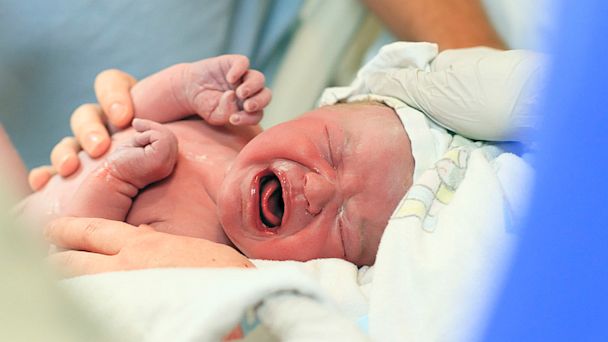Sibling Substitution
Lisa
Tuttle’s “The Replacements” depicts a young married couple and their
relationship adjustment as a nameless intruder enters their lives. In the
story, the relationship between Stuart and Jenny appears fairly cohesive, which
causes Stuart to say it was “unthinkable for her not to return his call”
(Tuttle 463). Initially, the couple seems to have a loving, supportive
relationship of equally made compromises, yet once the unknown creature enters the
home, the harmonious atmosphere is altered. Upon introduction of this
unexpected being, Jenny says “Either I win and I keep him or you win and I give
him up…There can’t be any compromise…” (Tuttle, 466). This blatant method of
invasion reminded me of my life adjustment as my younger sister came into the
world. Initially, I was excited to become the older, idolized sibling, yet upon
her invasion of my seemingly harmonious world, the consistency I had once known
would drastically change. As in Stuart’s case, there was far less compromise
for my own desires over those of a new, vulnerable being.
An
interesting comparison can be made between both my infantile sister and this
obscure creature from the story. In “The Replacements”, Jenny brings home the
nameless individual and instinctively begins to tend to its needs. This
maternal relationship between Jenny and the creature directly correlates with
my mothers new maternal bond with my sister. Jenny continuously performs
motherly actions, such as soothing the creature like a child saying, “There,
there. Nobody’s going to hurt you, I promise…” (Tuttle, 468). The matriarchal dominance over the
relationship is what causes the shift in homeostasis in both cases. For Stuart
and I, this means either letting the relationship go or adapting to the new
environmental balance.
Another
comparison is that the creature from the story has immense physical and
emotional similarities to a newborn child. I remember holding my sister after
she was born, thinking “she’s beautiful because she was mine, yet not beautiful
at all.” Infants are attractive in that they are small, fragile, and open to
love, but they’re physical appearance isn’t the most appealing aspect they have
to offer. Similarly in the story, the creature is “about the size of a cat,
naked looking, with leathery, hairless skin,” which could easily be depicted as
a newborn child out of context (Tuttle, 460). I could have described my sister’s
appearance as having “limbs that seemed too frail to support the bulbous,
ill-proportioned body…,” illustrating the direct correlation between the
creature and my infantile sibling (Tuttle, 460). Tuttle depicts the creature as child even
further as it later sucks Jenny’s blood, paralleling the maternal act of
breastfeeding in humans.
The
similarities between the “The Replacements” and my life experiences are easily
depicted, yet the outcomes of the two are drastically different. In comparing
myself to Stuart, we both handled the situations differently. In his case, he
could no longer bare the discordant harmony in his relationship, deeming him
unable to grow with his transitioning life. In my case, I found the ability to
shift with my changing environment and transform my relationship into a
reconstructed balance of desires with my mother, father, and sister all
intertwined.
Tuttle, Lisa. “Replacements.” American Gothic Tales. Ed. Joyce Carol Oates. New York: The Penguin Group. 460-474. Print


No comments:
Post a Comment